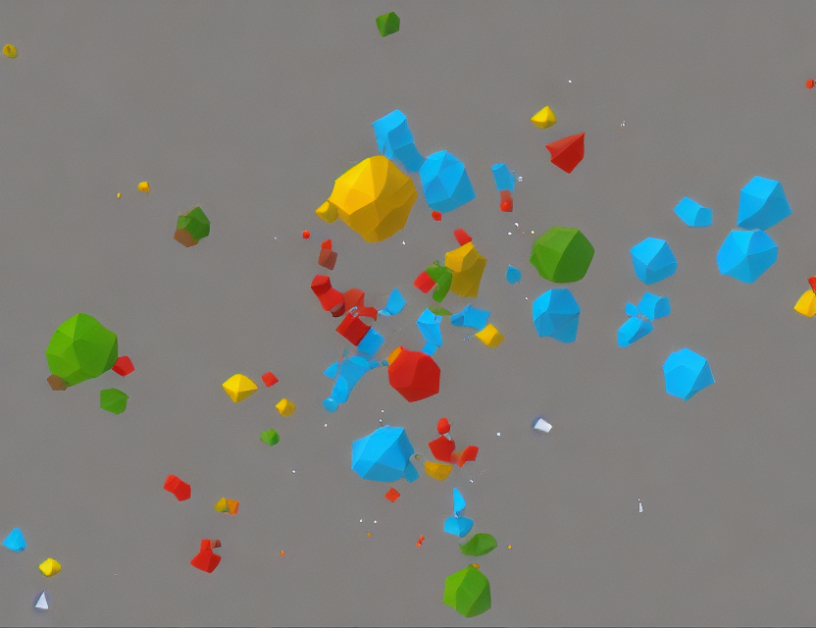The Key Idea
At the core of this article is the notion of discrete calculus, which represents a significant departure from traditional continuous-based calculations. By partitioning space into smaller parts called "discrete elements," we can simplify complex integrals and better understand their relationships with each other. This new perspective allows us to tackle challenging vector field problems more efficiently and with greater accuracy.
The Discrete Calculus Framework
To appreciate the power of discrete calculus, let’s first consider the traditional continuous framework. In this setting, we deal with smooth functions that can be described using calculus rules such as integration and differentiation. While these concepts are indispensable in many areas of mathematics, they often create difficulties when applied to vector fields.
Now, imagine partitioning space into discrete elements (e.g., simple shapes like triangles or quadrilaterals). By manipulating these elements separately, we can develop a novel calculus that is more suited to vector field problems. Discrete calculus provides a systematic way to compute integrals and perform operations on vector fields, enabling us to solve complex problems with greater ease.
The Hodge-De Rham Connection
So far, we’ve introduced the fundamental idea of discrete calculus and its advantages in dealing with vector fields. However, you may wonder how this new framework relates to more established mathematical concepts. The answer lies in the Hodge-De Rham theory, which provides a deeper connection between discrete and continuous calculus.
In essence, Hodge-De Rham shows that discrete calculus is not a completely separate entity but rather an extension of classical differential geometry. By combining the strengths of both approaches, we can develop a more robust and efficient way to handle vector field computations.
The Article’s Contribution
Our article offers several significant insights into the world of vector calculus:
- Discrete calculus provides a novel and efficient approach to solving complex vector field problems. By partitioning space into discrete elements, we can simplify integrals and better understand their relationships with each other.
- The Hodge-De Rham theory offers a powerful connection between discrete and continuous calculus, enabling us to leverage the strengths of both frameworks.
- Our concise summary demystifies complex vector field concepts by using everyday language and engaging analogies, making them more accessible to a broader audience.
Conclusion
In conclusion, this article has introduced discrete calculus as a fresh perspective on vector field computations. By leveraging the Hodge-De Rham theory, we’ve demonstrated how this new framework can simplify complex problems and provide a more robust approach to understanding vector fields. We hope that our summary has not only clarified these concepts but also piqued your interest in exploring further the fascinating realm of vector calculus.



